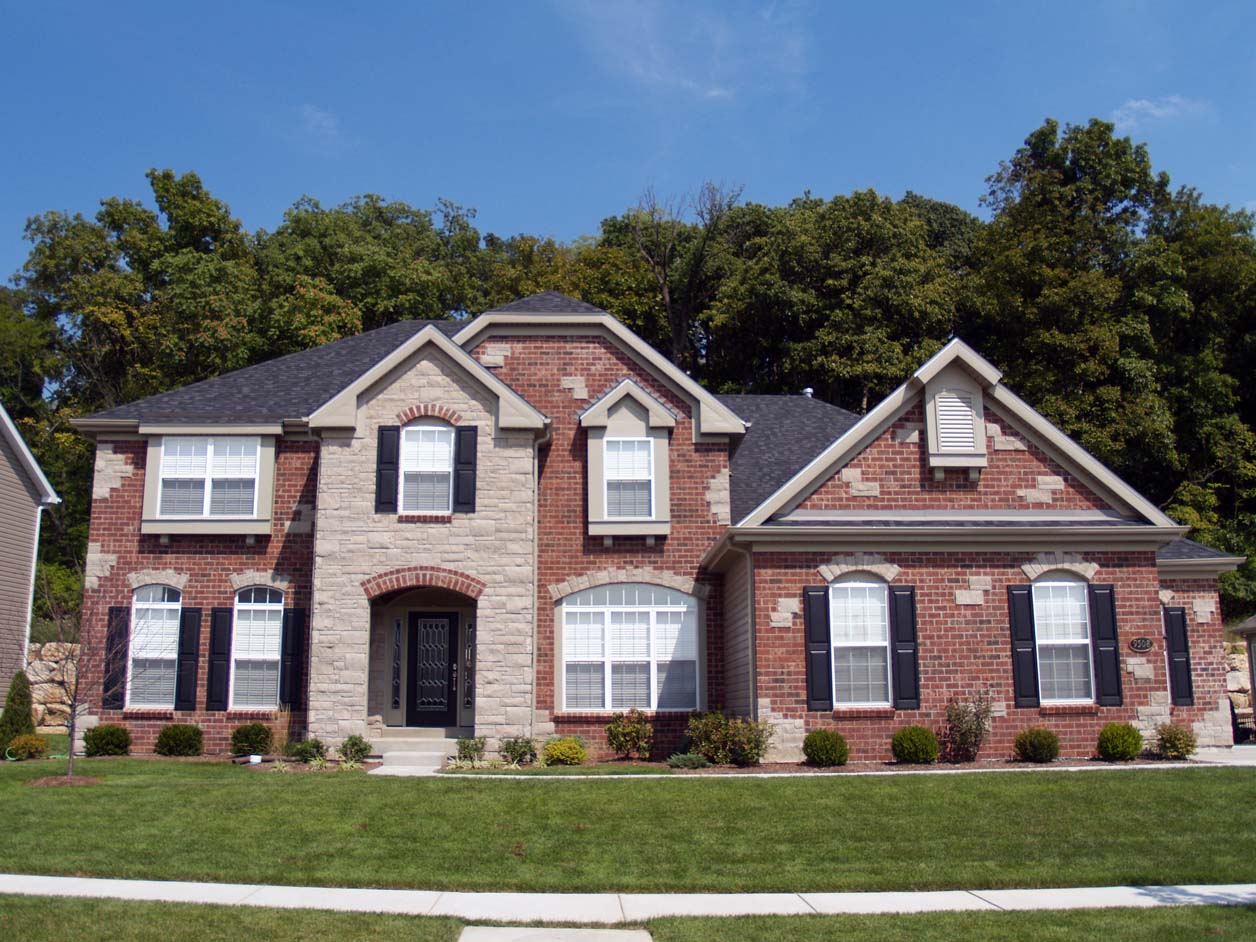How to Avoid Wood Tannin Bleed from Knots
We completed a project last week that gave us some trouble. Because this isn’t the first time I’ve seen this problem, I felt that it warranted an article so others can avoid this problem. The problem is tannin and resin bleeding through knots and “self-priming” stains and paints.
Many of the new paints and stains boast “self-priming” properties. The selling point is that “it requires fewer coats and products to finish the job so you save time and money.” While this sounds awesome, it is misleading.
No current product that says “paint and primer in one” or “self-priming” is going to perform as well as separate primers and paints. For simple applications such as interior painting on previously painted substrates, these products perform fine; but when getting into applications in a more demanding environment, they fall short.
I specifically speaking about wood stains that say “self-priming to prevent tannin bleed.” My instinct is to ignore these statements and use a stand alone alkyd wood primer or shellac primer on wood, but this time I went just with the stain. We used package white. The painters sprayed and back rolled the product per manufacturers’ specifications. It looked beautiful at first and everyone went home. When we went back the next morning, every knot on one side of the fence had bled through the stain.
To be fair, this was the side of the fence that had the sun hitting it from first thing in the morning until about 2pm. This heat causes the tannin and resin to be more active. However, the data sheet should have said something about this.
I told the home owner I was unhappy with the product’s performance and I wanted to prime and put another coat. Our client obliged so it time to research. I have heard horror stories of people applying 3, 4, and 5 coats to still have the knots bleeding through. I didn’t want to have a story of my own so I got on the phone with technical support. They told the “self-priming” properties are weak and that it is still advised to prime.
I went with what worked with even the most “knottiest” wood (get the pun? knotty vs. naughty).
Shellac-based primers are the best primers for sealing in stains. Shellac comes from the lac beetle. I don’t remember how they beetle makes it, but I am positive that all shellac comes from this little bug.
We see shellac in our everyday lives. The easiest example is on pills. The shiny coating on pills or the plastic parts of capsules are examples of “food-grade” shellac. Now that I provided a visual of what shellac is, it should be simple to see why it is such an effective sealer.
When shellac primers dry, they effectively seal the stain beneath a layer of plastic.
What makes these primers such great sealers is the same thing that makes them ineffective primers for exterior house painting. Because shellac based coatings create a solid, rigid coating, they are only specified for “spot exterior” application. This is because of the movement that exterior substrates exhibits due to expansion and contraction from temperature fluctuations.
For this reason, we spot primed the problem knots with an aerosol primer and repainted. If the bleeding was throughout the wood, we would have opted for an exterior alkyd primer designed for bare wood.
After everything was completed, the fence looked beautiful, our client was happy, and GreenWave Solutions did another good job. This is why we are consistently rated the best painters in Atlanta.
Daniel Macris is the president of GreenWave Solutions for 8 years. GreenWave Solutions is Atlanta’s First “Green” painting contractor. We specialized in commercial and residential painting. We are launching our Atlanta kitchen and bath remodeling division soon!
Connect with Daniel on Google+


